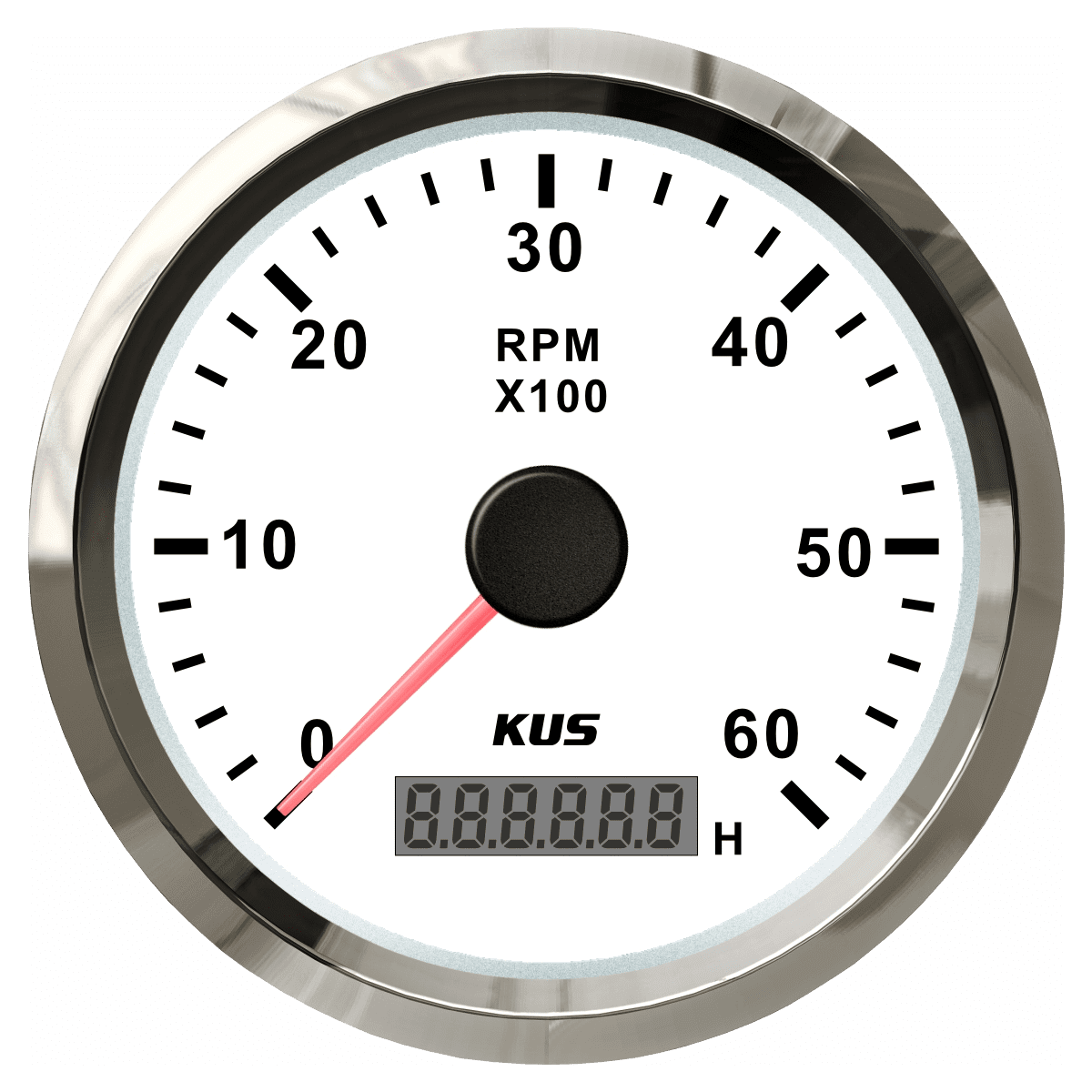Opening the Tricks of Tachometers: Whatever You Need to Understand About This Vital Instrument in Your Lorry
Recognizing the ins and outs of tachometers can supply useful insights into your lorry's efficiency and maintenance requirements. From measuring engine rate to understanding the data it presents, tachometers act as a critical device for car proprietors and fanatics alike. By deciphering the mysteries behind this essential tool, you can unlock a wide range of info that can enhance your driving experience and ensure the long life of your car.
Importance of Tachometers
The value of tachometers lies in their ability to supply important real-time data regarding an engine's rotational speed, permitting for accurate monitoring and upkeep of machinery. By gauging the transformations per min (RPM) of an engine's crankshaft, tachometers provide beneficial insights right into the engine's performance - tachometer. This information is important for making certain that the engine operates within its optimum variety, staying clear of potential damages from over-revving or underperforming
Tachometers play a vital function in helping operators and professionals discover any kind of anomalies in the engine's speed, which can indicate problems such as gas inefficiency, mechanical issues, or too much strain on the engine. By immediately identifying these problems with tachometer analyses, maintenance can be done proactively, protecting against costly repair services and downtime in the lengthy run.
Furthermore, tachometers are especially critical in high-performance vehicles and machinery, where exact control over engine rate is necessary for optimum procedure. Competing cars and trucks, aircraft, and industrial tools depend on tachometers to supply peak performance while keeping security criteria. Essentially, tachometers are not simply tools for gauging speed but important devices for making certain the smooth and reliable procedure of engines throughout numerous applications.
How Tachometers Measure Engine Rate
Using sensors that detect the frequency of electric pulses created by the engine's ignition system, tachometers precisely gauge the rotational rate of an engine. By keeping an eye on the rate at which these pulses are gotten, tachometers supply real-time feedback on just how quick the engine's crankshaft is rotating per minute, typically described as transformations per minute (RPM)
The tachometer's sensing unit, frequently connected to the engine's ignition coil or trigger plug wires, selects up the electrical signals produced each time a cyndrical tube fires. These signals are then exchanged RPM analyses displayed on the gauge or tool cluster within the driver's sight. Tachometers can be analog or digital, with modern-day cars generally featuring electronic displays for specific and instant RPM analyses.
This information is vital for chauffeurs to recognize the engine's performance, stop over-revving, maximize gear moving, and ensure effective gas consumption. By precisely gauging engine speed, tachometers play an important duty in helping chauffeurs run their vehicles safely and effectively.
Analyzing Tachometer Readings
Having a clear understanding of how tachometers determine engine rate establishes the foundation for efficiently interpreting the RPM readings showed. Analyzing tachometer analyses is crucial for ideal automobile efficiency and engine wellness. RPM check out this site (Changes Per Minute) readings on the tachometer indicate the speed at which the engine's crankshaft is turning. When the engine is idling, the tachometer needle normally relaxes around 600-1000 RPM, relying on the vehicle. As you accelerate, the RPM will enhance, showing the engine's higher rotational speed. When moving gears in a hands-on transmission automobile, the RPM will certainly go down as you involve the clutch and adjustment equipments, after that increase once more as you increase in the brand-new equipment. Keeping an eye on the tachometer can aid you establish one of the most reliable moving indicate make the most of fuel economy and engine power. Additionally, abnormal fluctuations or consistently high RPM analyses can show prospective problems with the engine that may require professional focus. By focusing Extra resources on the tachometer analyses and comprehending how to interpret them, you can guarantee your automobile operates smoothly and efficiently.


Tips for Utilizing Tachometers Effectively
To boost driving effectiveness and maximize engine efficiency, what key approaches can be carried out for effectively making use of tachometers? Tachometers are essential devices that offer real-time responses on engine speed, making it possible for vehicle drivers to make informed choices for better efficiency - tachometer. Here are some pointers for using tachometers successfully:
Understanding Ideal RPM Array: Familiarize yourself with the optimal RPM (Changes Per Minute) variety for your lorry. This range varies in between various automobiles and is generally indicated in the proprietor's guidebook. Keeping the engine within this range can enhance gas efficiency and prolong the engine's life expectancy.
Shifting Gears at the Correct Time: Use the tachometer to figure out the very best time to move equipments. Upshifting also very early or far too late can cause decreased effectiveness and performance. Goal to change equipments when the RPM gets to the optimum array for the following equipment.
Checking Engine Stress And Anxiety: High RPMs for prolonged durations can stress the engine. Maintain an eye on the tachometer to stop over-revving, specifically throughout acceleration or when bring heavy loads.
Tachometers and Vehicle Upkeep
When taking into consideration lorry upkeep, tachometers play a critical duty in keeping an eye on engine efficiency and discovering prospective issues. Tachometers provide essential information on engine rate, allowing drivers and technicians to make certain that the engine is running within the recommended RPM range. Consistently checking the tachometer readings can help recognize issues such as engine misfires, worn-out trigger plugs, or problems with the fuel distribution system. By taking notice of the tachometer, chauffeurs can prevent too much stress on the engine, which can lead to expensive repair work down the line.
In addition to identifying potential concerns, tachometers can also help in maximizing fuel performance. By keeping the engine speed within the optimum range, motorists can boost their gas mileage and decrease gas intake. This not only profits the vehicle driver's purse yet additionally adds to ecological preservation by lowering damaging exhausts.
Conclusion
